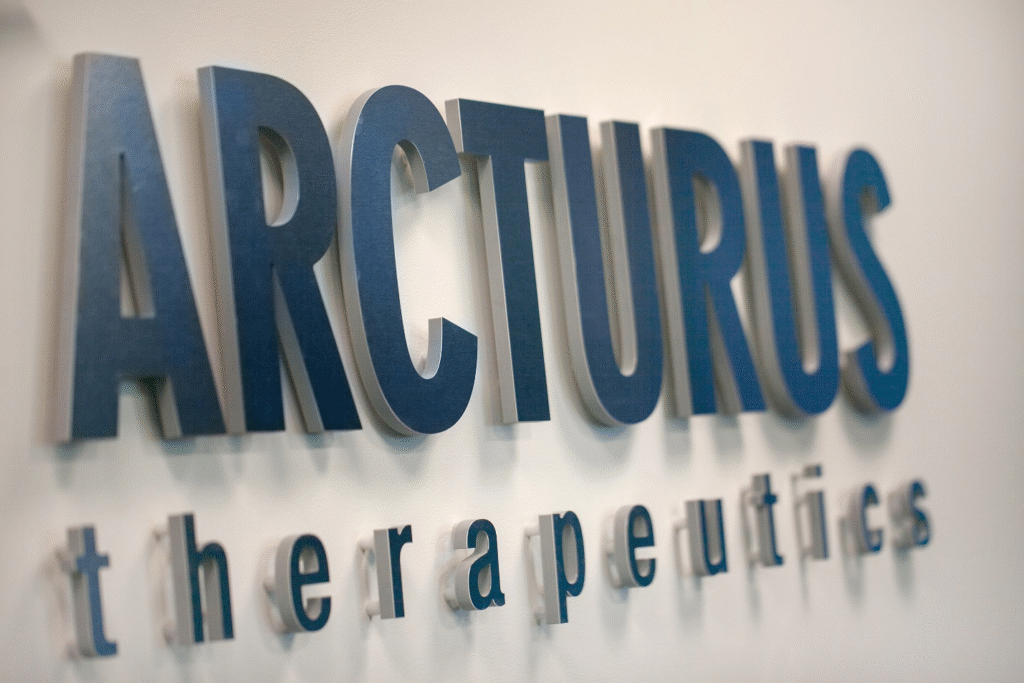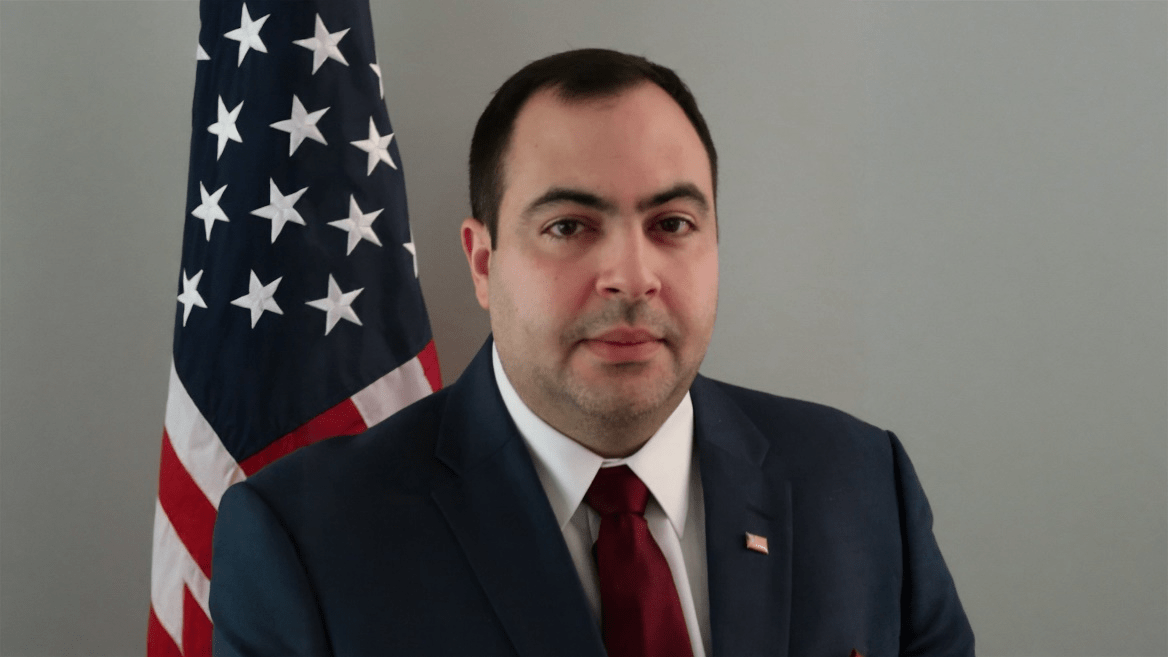In the biotech industry, intellectual property (IP) serves as both protection and a competitive tool. In an area where technology can be duplicated fast and development cycles are accelerated, a firm’s capacity to gain and protect patents often constitutes its standing in the market. For RNA biotechs, where technologies such as lipid nanoparticle delivery and self-amplifying mRNA continue to develop, the risks associated with IP protection are especially elevated. Licensing agreements, freedom-to-operate conflicts, and global patent harmonization all contribute to the competitive strategies of companies in this market.
San Diego-based Arcturus Therapeutics had a portfolio of over 500 patents and patent applications filed in major global jurisdictions by early 2025. They included the United States, Europe, China, and Japan. The filings by the company accounted for innovations in self-amplifying mRNA (saRNA), lipid nanoparticle formulations, and proprietary RNA manufacturing processes. This build-up placed Arcturus among the more IP-intensive competitors in the mRNA space, on par with competitors who have much bigger R&D budgets. It was at the heart of this endeavor, Joseph E. Payne, who co-founded Arcturus in 2013 and has been its President and CEO.
The intellectual property portfolio of Arcturus did not grow overnight. It was constructed by incremental technical progress in RNA engineering, process scale-up, and optimization of formulation. While Arcturus developed its therapeutic and vaccine programs, the company concurrently filed patents to safeguard its platform. These were its LUNAR® lipid delivery system and STARR® self-amplifying mRNA technology. Patents were not only filed for fundamental mechanisms but also for manufacturing processes, compositions of matter, and clinical uses. This multi-layered strategy enabled Arcturus to claim its ground in multiple stages of product development.

Early and wide patent filings were the focus of Payne’s strategy. In contrast to waiting, the company went for early foundational patents in the preclinical or formulation phases. This forward approach allowed Arcturus to establish the IP space of its key technologies prior to when competitors could make similar claims. Although this strategy had risks associated with prosecution and opposition, it enabled the company to better defend its platforms once products reached the clinical and commercial stages.
In the world of RNA therapeutics, where delivery technologies are just as important as the RNA payload, Arcturus expended tremendous energy focusing on its lipid nanoparticle breakthroughs. The LUNAR® system used to encapsulate and deliver RNA into cells provided the foundation for many filings related to lipid composition, structure-function relationships, and formulation methodologies. These patents established a defensive moat around the company’s drug delivery capabilities.
The STARR® platform provided an additional layer to Arcturus’ patent strategy. saRNA containing replication machinery for long-term antigen expression posed patent difficulties because of its genetic complexity. Claims were filed by the company that covered the entire structure of the saRNA constructs, as well as controls for expression and stability. These initiatives helped to provide a more defendable intellectual basis at the moment when international focus was shifting towards RNA platforms because of the COVID-19 pandemic.
Arcturus’ approach crystallized in the face of mounting patent disputes and litigation across the broader RNA space. The tidal wave of commercial interest in RNA-based treatments and vaccines across 2020 and 2021 acted as a catalyst for a wave of criticism regarding duplicative patent claims and sole licenses. Within this context, Arcturus set out to conduct operations with minimal reliance on third-party IP by creating and possessing its own technology stack.
Payne’s strategy also considered global variations in IP law and enforcement. Arcturus made filings in the United States, European Patent Office, Japan Patent Office, and China National Intellectual Property Administration. This enabled the company to gain access to markets and legal safeguards where RNA-based vaccines and therapies would most likely be deployed. The filings represented detailed claims fashioned according to jurisdictional requirements, which raised the prospect of favorable protection.
Industry watchers have pointed out that Arcturus’ IP position is not only defensive but also a possible revenue source. With potential licensing opportunities in vaccines, gene therapies, and RNA production, the company has positioned itself to negotiate from a position of strength. Its partnerships with companies such as CSL Seqirus highlight the way IP can be leveraged in strategic alliances. In these collaborations, Arcturus provides proprietary platforms, and partners contribute regulatory or distribution expertise.
The focus on intellectual property in biotechnology has always been key, but with RNA platforms it is especially so. Firms need to preserve not only one-time compositions, but also empowering technologies that bridge across multiple disease indications and product lines. Payne’s contribution to defining Arcturus’ IP strategy has enabled the company to retain control of its foundational technologies while poised to grow and license into the future.
By 2025, Arcturus Therapeutics had created a protected area within the RNA space. Navigation of the intricate patent environment in the United States, Europe, China, and Japan by this company indicates not only legislative caution but also visionary prudence. Joseph E. Payne’s role is instrumental in developing this framework highlights the synergy between scientific awareness and business acumen in establishing a biotechnology firm’s sustainable longevity.





